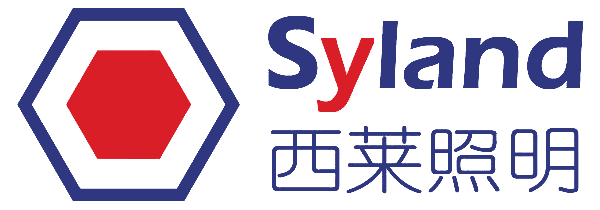At the Panama World Expo in 1915, the Chinese Moutai, which went overseas to exhibit, "fell into fame". The broken wine attracted visitors, letting people know that this is a Chinese characteristic, which made it famous both at home and abroad, and made it a century-old national wine brand. The World Expo was earlier called the World Expo, which is a concentrated display of many countries. What is displayed? On the one hand is culture, on the other hand is technology.
In the early days of the World Expo, everyone displayed more items, but this time the Shanghai World Expo shows more human thinking about the future, including energy crisis, climate issues, sustainable development and so on. From the chip in the ticket of the Expo to the new energy representative solar energy and energy-saving star LED, various applications using semiconductor technology have made the author feel more familiar. Boarding the China National Pavilion in the "Eastern Crown" of the World Expo, the core area of the Expo Park has a panoramic view. As a clean energy source, the substitution of solar energy for traditional energy sources will greatly reduce pollution and greenhouse gas emissions. The China Pavilion of this Expo uses solar energy as green energy, with a solar installed capacity of 302 kW. According to the architectural design features of the National Pavilion, monocrystalline silicon solar modules are laid on a 68-meter high platform and a 60-meter viewing platform.
The blue part on the roof of the theme pavilion is also a solar module, with a laying area of 26,000 square meters and a total installed capacity of photovoltaic power plants of 2825kwp. More than 30,000 square meters, the annual power generation exceeds 2.8 million kWh, which is the annual electricity consumption of nearly 5,000 ordinary households. The total installed solar capacity of the entire Expo Park can reach 4700 kilowatts.
The Belgian-European Pavilion photovoltaic module roof project is built by Changzhou Trina Solar. The roof contains about 690 Trina high-quality components, covering a roof area of 1200 square meters. It is expected to generate 116,000 kWh of electricity. 39 tons, reducing carbon emissions by 87 tons. In addition to the traditional diamond and chocolate displays, the Belgian Pavilion also displayed solar car models. The delicate flower curtain wall also relies on solar energy to drive the rotation of flowers.
The 17-meter-high translucent curtain outside the Swiss National Pavilion is decorated with 10,000 red "little suns". Each "little sun" is a disk-shaped red light-sensitive device that uses more advanced solar power generation technology. Through the cooperation of solar cells, light sensors, LEDs, etc., according to the angle and intensity of incident light, the light energy can be absorbed, stored and converted into electrical energy, which can independently emit light and interact with the curtain of the exhibition hall.




